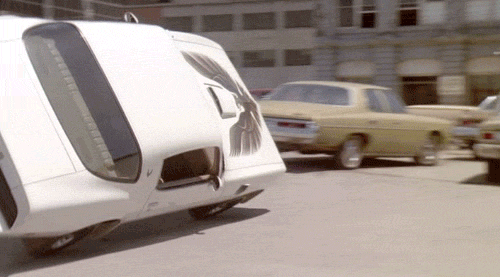How to use the parking lot to facilitate your agile retrospectives
If you use Pivotal Tracker or Jira, you’re probably familiar with the concept of the “icebox” or “freezer” when it comes to your backlog. It’s typically where the team keeps stories that aren’t relevant for this sprint but will come into play in future sprints. It’s a catch-all backlog TBD section or offline planning concept. There’s a similar concept that you can use for agile retrospectives called the “parking lot” to help you manage discussions that are boiling over or to stay ahead of longer term topics.

How do you use it?
What’s great about it is that it’s a complimentary list to add to your format. If your team uses Start/Stop/Continue, just keep an icebox column to the right of it. 4Ls? Same thing. It’s an additional list to compliment your discussion the same way the action items list is. The goal of the parking lot is to send a clear message to the participants that they’ve been heard, that their topic won’t be forgotten, that their topic WILL be discussed, and that you are trying to make the most effective use of the team’s time.
To utilize the parking lot, it’s best to avoid parking things immediately during the gather the data stage. You don’t want to immediately dismiss someone’s topic. It’s better to go through the process and park something if it exceeds the allotted topic time (at which point you’ll park it and arrange an offline meeting), or if the topic doesn’t feel relevant to that sprint. That will give you the chance to communicate the justification for parking something and give the topic the respect it deserves.
What do you do with parked topics?
As you close the agile retrospective and prepare the recaps and distill the next steps, you need to make sure that everything in the parking lot is closed out too. For current or near term topics, I’d recommend setting up a meeting with the nearest relevant stakeholders (to avoid the entire team having to join) for 15–30 minutes the next day or two when things are still fresh to discuss next steps. For longer term topics, I’d automatically add them to the parking lot section of the next agile retro and actually discuss their relevance to open the agile retrospective right after you set the stage to determine whether the team wants to dive into them this meeting or push them off for another meeting. At the worst, that’d be an extra minute or two.
As always, the goal here is to prioritize diving into what your team feels is the most important topic. Let the team define what’s relevant and how long something can be discussed. Only use the parking lot when you feel it’s necessary. It’s a light and positive addition to any agile retrospective. But if you do, make sure that you follow through on the topics afterwords.